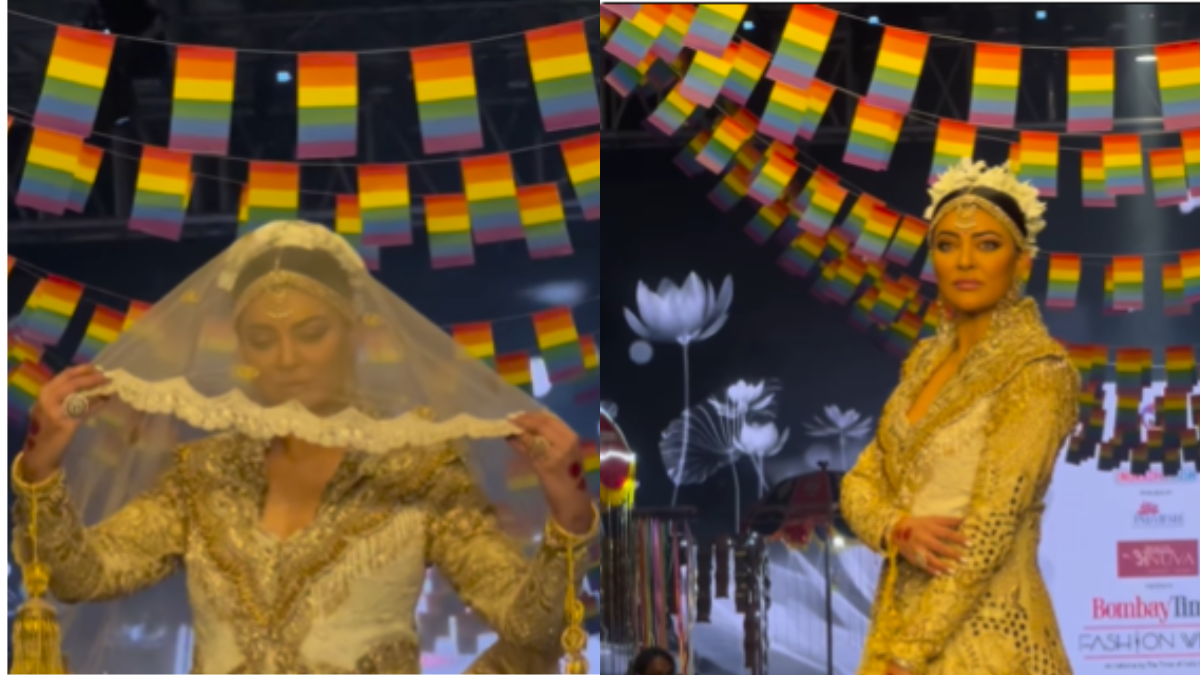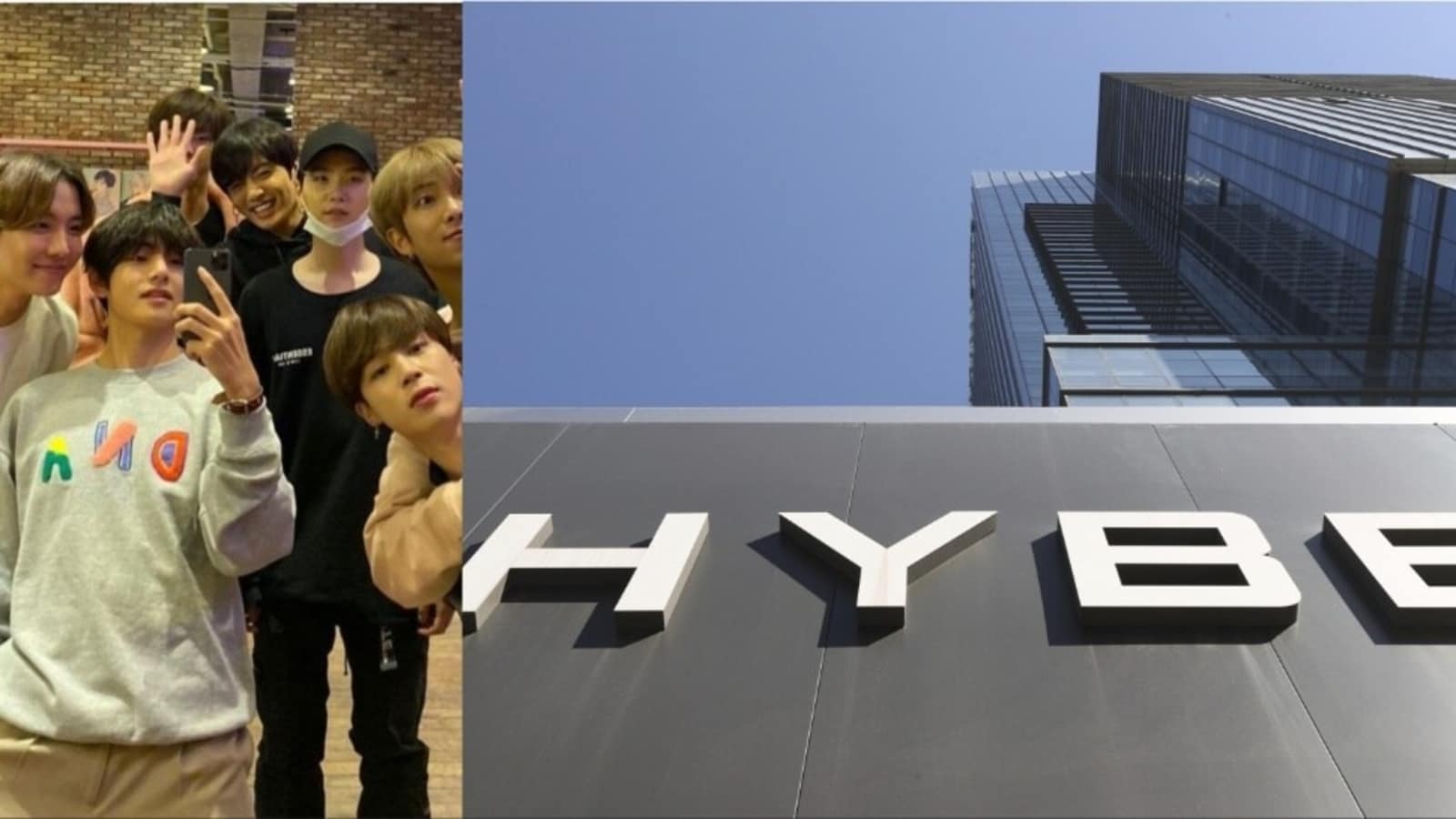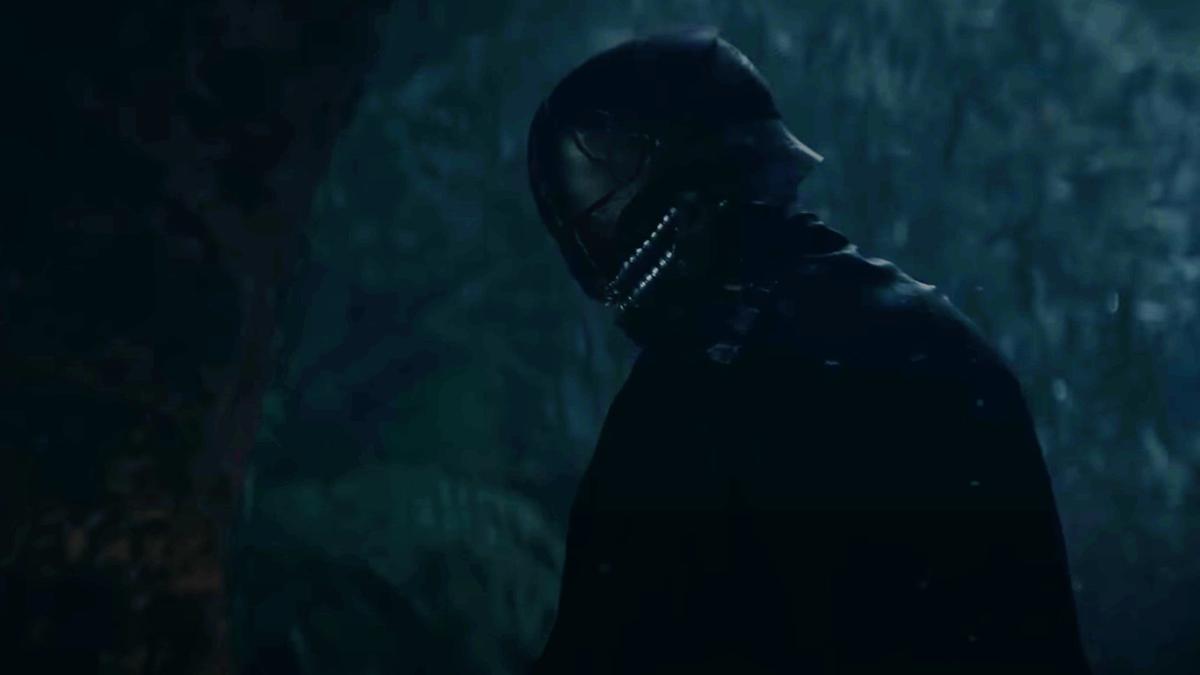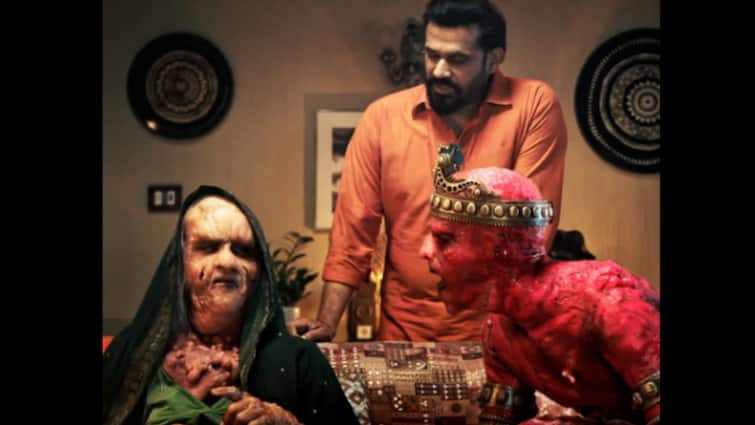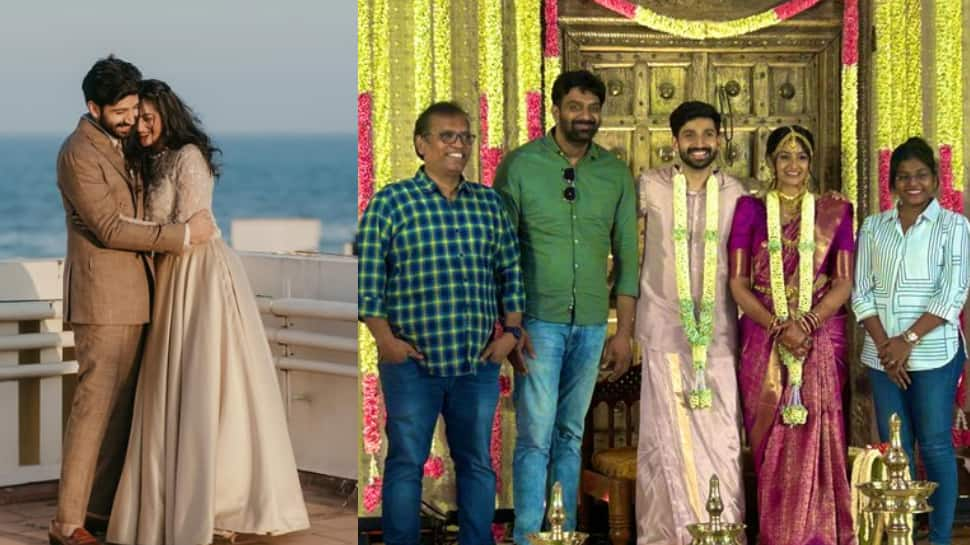
Jyotsna Jaganathan Photo Credit: Velankanni Raj B
Having seen myriad portrayals of Goddess Meenakshi in both solo Bharatnatyam Margam and group presentations, it was with great trepidation that one sat down to another rendition of the warrior goddess – this time by Jyotsna Jagannathan and Brinda Manickavasagan.
However, her fresh approach focused on Meenakshi’s personality as a child, young girl, woman and an individual in her own right. And so, while the presentation described the familiar story of the daughter of King Malayadhwaja Pandya, who ruled the Pandya Empire, her birth from Agni, her victory on the battlefield, her meeting with her future spouse Shiva and her marriage, Its focus was on ‘What does it mean to be Meenakshi’
Jyotsna Jaganathan’s portrayal was delicate and beautiful, where each thought and expression was deeply explored. , Photo Credit: Velankanni Raj B
The beautiful mix of musical phrases and movements kept the momentum alive. The violin took center stage when she portrayed Bala Meenakshi, a soothing lullaby was used in Nilambari to focus on the mother-daughter bond, and the tala was used to depict valor.
Jyotsna’s portrayal was full of delicate, graceful movements and fast pace, where each thought and expression was deeply explored. The depiction of a mother’s gracious praise – her love on baby Meenakshi’s lotus feet and the sweet sound of her anklet bells – was impressive. Meenakshi’s martial training sequences, supported by the vocal accompaniment, were equally enjoyable.
Brinda Manickavasagan’s singing suited the mood of each sequence. Srisudarshini’s Nattuvangam, Sukanya’s melodious playing on the violin and Mridangist L. Sriganesh’s restrained and impressive performance made the performance complete.
published – November 08, 2024 01:35 PM IST

